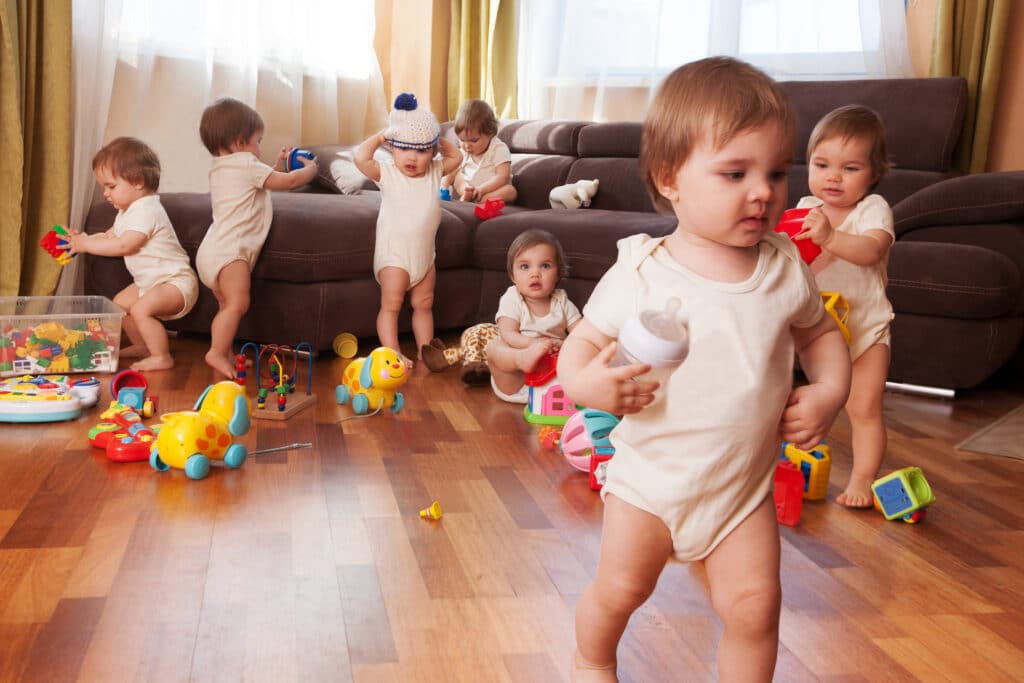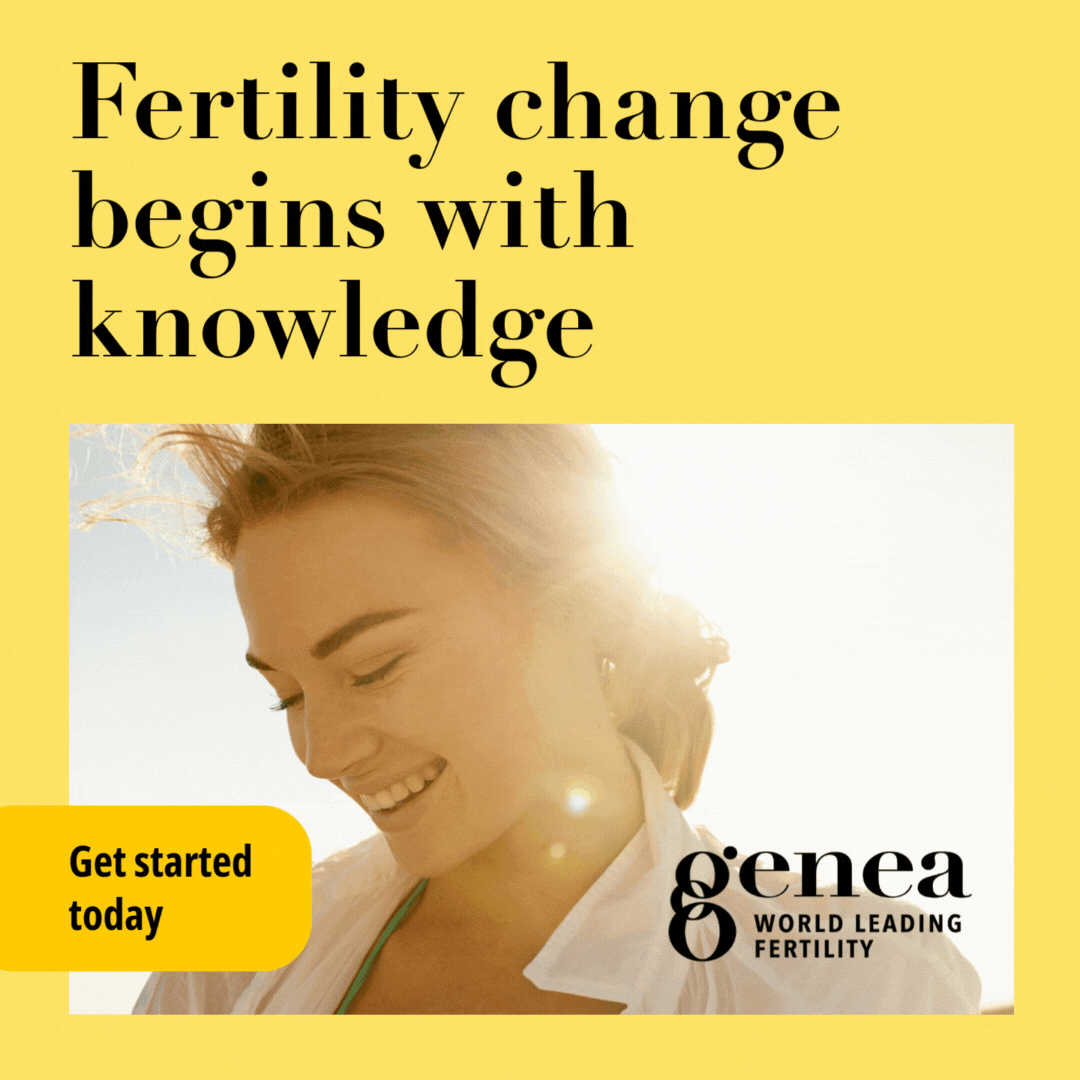“We need babies more than we need migrants,” declared columnist Greg Sheridan in The Australian today.
He wants a baby boom to support population growth and enable a confident future for the country. But he’s worried that “ideological and sexist denial of women’s choices” (weird way to think about choice, but ok) is leading women and men into having fewer children all over the Western world, thanks to “outdated ideology”.
And the proof is in the birthrate, he says, at just 1.63 in 2022 per woman over the course of her lifetime, down from 1.7 in 2018.
But the real glory years of the birthrate was when it hit 2.01 during the final years of the partnership of former prime minister John Howard and former treasurer Peter Costello, partially thanks to the policy of the baby bonus — which provided a payment to parents who had a baby, with the former Treasurer personally issuing a call for more Australians to have more children, “one for mum, one for dad, and one for the country.”
So that brings us to 2023, where women are not only having less children but also having them later in life. Not to alarm Sheridan further, but the latest ABS figure released in October also found that sixty per cent of births are now to mothers in the 30 to 39 year old age group, up from just 20 per cent in 1975.
What could possibly be the issue? According to Sheridan, while everyone has a choice, they are choices today being made in the face of “coercive feminist and green ideology” depicting the having of children as an indulgent destruction of the planet.
Funny, nowhere in Sheridan’s column does he mention some of the other factors limiting choice, like the cost and inaccessibility of early childhood education. Nor was there much mention of how the cost of living today means raising children on one income alone is pretty difficult, if not near impossible. Just ask the almost nine in ten single mothers saying they are concerned about their long-term financial wellbeing, according to the largest national survey of single mothers in Australia, released this week. And no mention of the impact of family and domestic violence on women and their choices.
The baby bonus offered new parents a lump-sum payment of $3000 from 1 July 2004, rising to $5000 and being put to rest in 2014. While it did have a positive impact on increasing the birthrate, the lumpsum’s benefits to the economy may well be outdone by the implications of the motherhood penalty facing women in Australia.
Could the lowering birthrate be actually about something more than women succumbing to a feminist conspiracy that babies are destructively bad, to women actually calculating the costs and realising that the numbers are near impossible?
Just so we’re clear, and leaving aside the added considerations that women take into account right now — and yes, climate change and other factors, such as their actual desire to want to have and raise a baby might be at play — the numbers do not add up. A $5000 baby bonus, nor even a $15,000 baby bonus, can make up for the financial hit that a woman will take in the years after having a child, and for every subsequent child she has. October 2022 Treasury analysis found that a mother’s earnings fall by an average 55 per cent during her first five years of parenthood. And the more education a woman has, the larger the penalty she faces.
The good news is that fathers’ earnings were found to be “unaffected by entry into parenthood.”
On current work trends, the average 25 year old woman today who goes on to have one child can expect to end up with $2 million less in lifetime earnings than the average man who does the same, according to recent data shared by the Women’s Economic Equality Taskforce.
There was also no mention of paid parental leave in this morning’s column highlighting the need for a baby boom in Australia. When Commonwealth-funded paid parental leave was introduced, the option remained for a period to choose between the leave or to take the baby bonus, before the bonus was scrapped altogether in 2014. Despite changes to PPL that came into effect just this year, the system remains woefully inadequate and far from meeting the standards of OECD nations that lead on offering paid leave, and particularly in promoting shared leave and encouraging more fathers to take on the care. Australia’s system relies on the private sector to make up the shortfall in order for parents to have a child without falling into poverty and/or at least while still being able to afford rent and mortgage repayments. The problem, of course, is that not enough employers do currently offer paid parental leave in addition to the 20 weeks paid at the minimum wage by the federal government.
There was also no mention of the cost of early childhood education, where the childcare fees are rising faster than inflation, and by between 20 and 32 per cent in the four financial years between 2018 and 2022. The Albanese Government’s childcare package has been introduced to support with these costs, but the pace of rising fees is excelling what’s on offer in subsidies.
Meanwhile, just getting food on the table for the children this country already has is proving difficult. One in six children are living in poverty and 3.7 million households experienced hunger last year, according to October 2022 data released by Foodbank Australia. It’s an issue exacerbated by the housing crisis — with 77 per cent of food-insecure households experiencing this pressure for the first time in the previous 12 months.
And another issue — one that also doesn’t get a mention — is the proportion of parents who want to have a baby but can’t, with one in six Australian couples of reproductive age struggling to have a child.
In a list of recommendations from the Women’s Economic Equality Taskforce presented to the Government last month, there was no suggestion that women should be told to have fewer babies. Rather, a list of ideas were outlined to better support women who continue to take on the lionshare of the care work, both unpaid care such as looking after kids, as the (severely underpaid and critically understaffed) work across the care economy, including childcare, disability care and aged care.
One thing this taskforce highlighted is how we could actually unleash the economic potential of women and leverage one of our greatest untapped resources. It is a resource that is, and could be available right now with the right policies in place to support and enable women’s full economic participation. Better yet, it’s a resource that doesn’t require waiting for a hoped boom in babies to be supported, get educated, grow up, and enter the workforce.
Sheridan then goes on to demonise immigration, highlighting that “not all immigration is equal” and sharing some “great” and “not so great” examples of such, that I’m not going to repeat here. It was a curious argument again here, given that even babies that are born and grow up in Australia can also grow up to behave at the extreme ends of good and bad.
If you want to build a “confident” and prosperous Australia, start by removing the existing barriers to participation.


